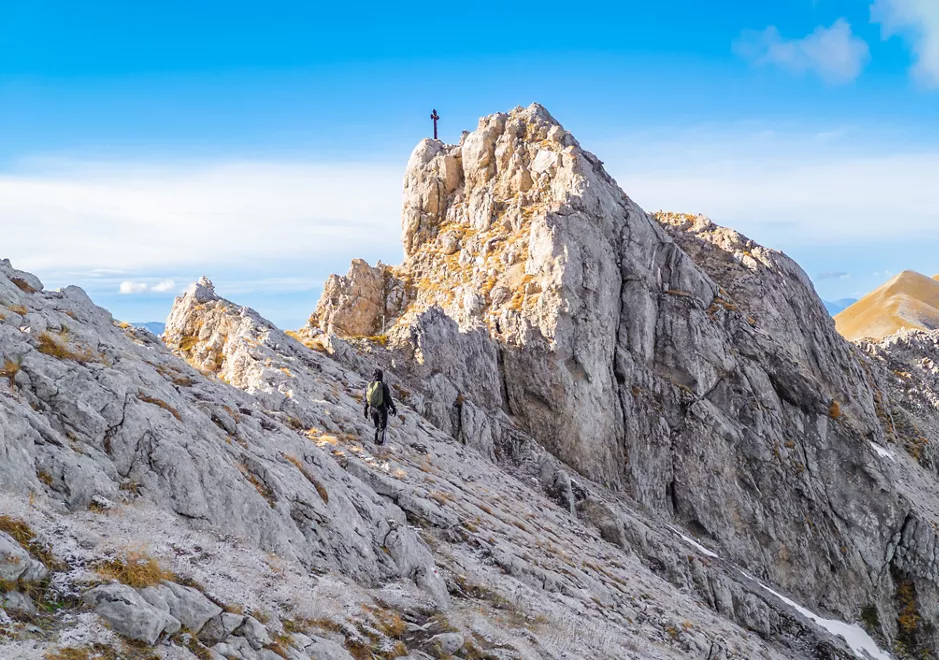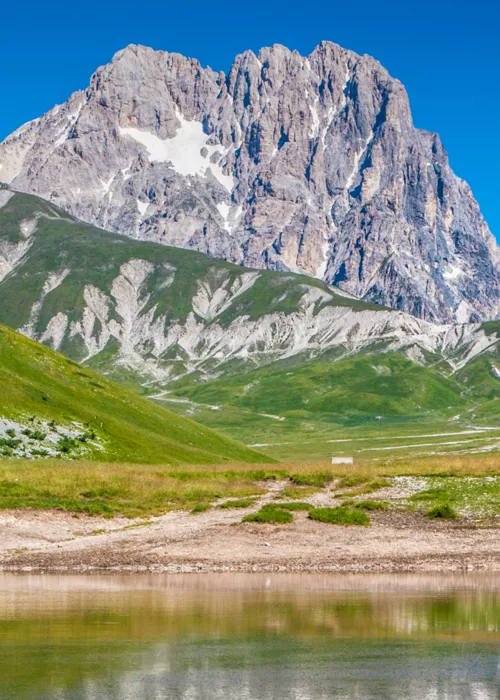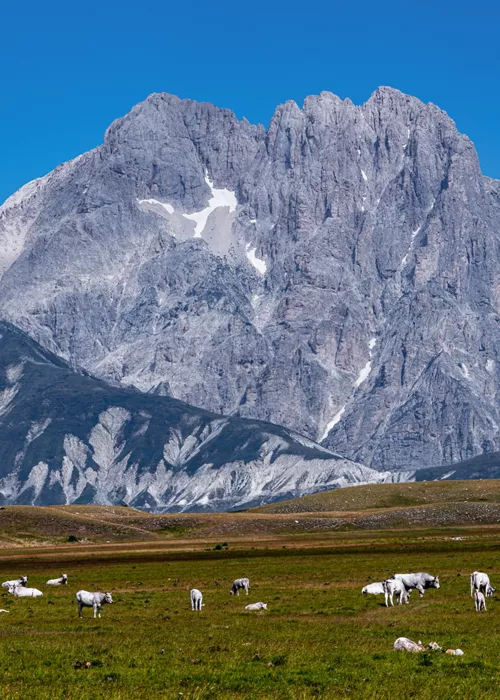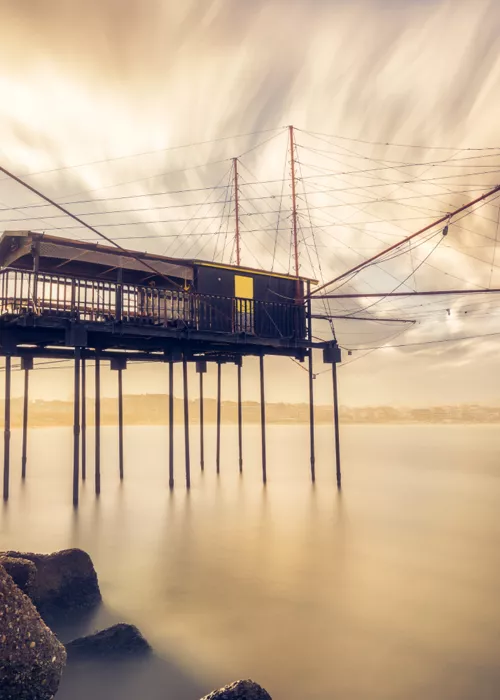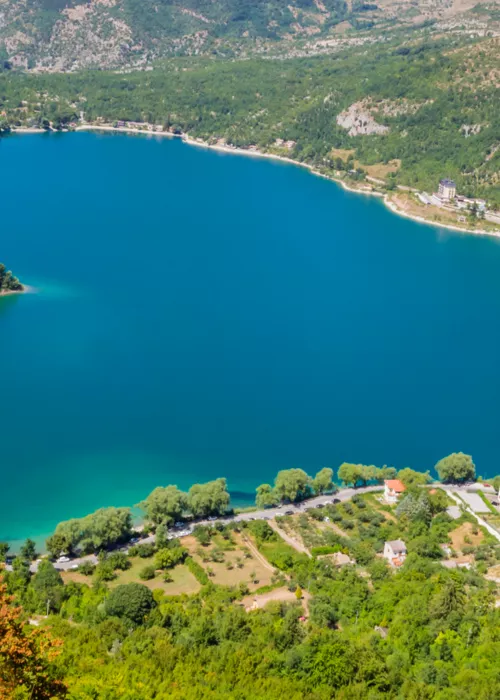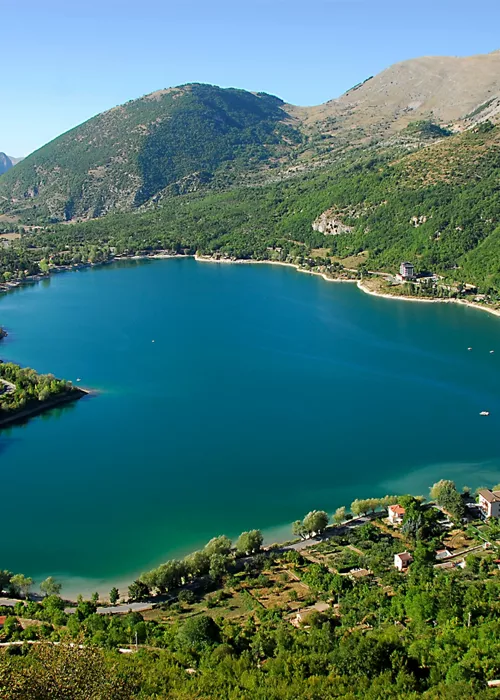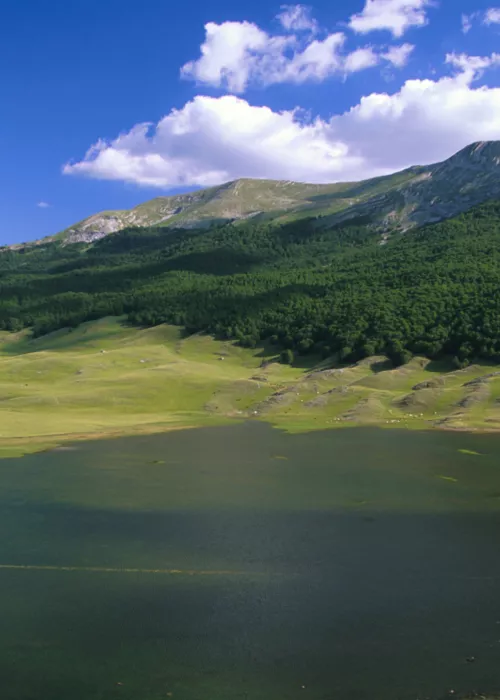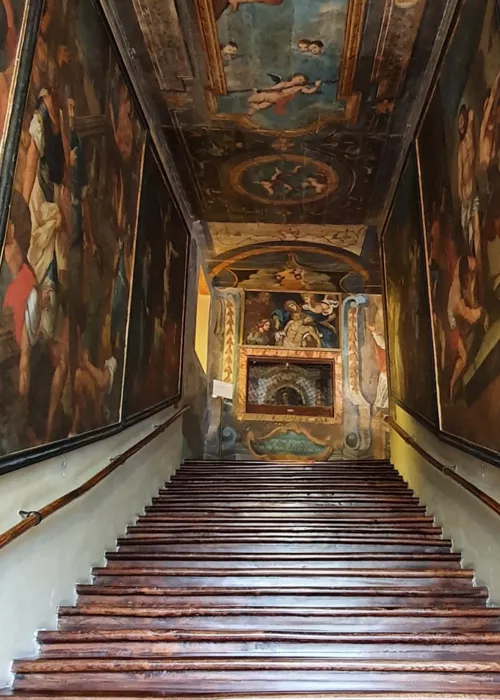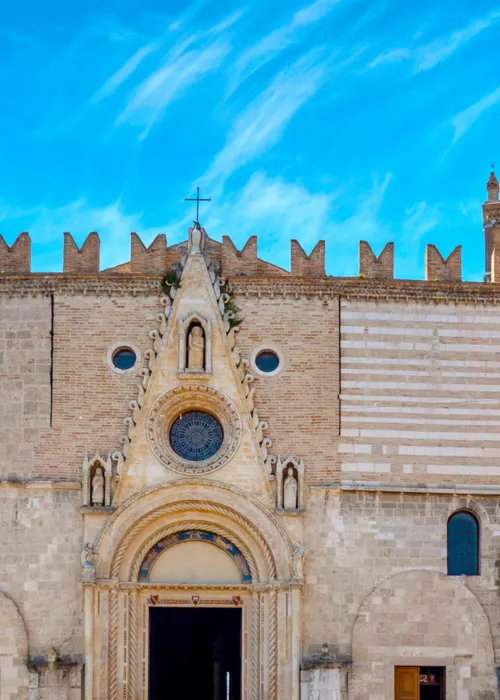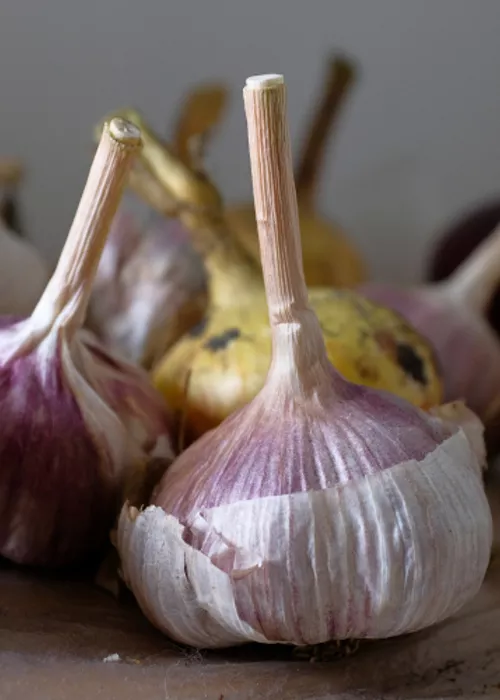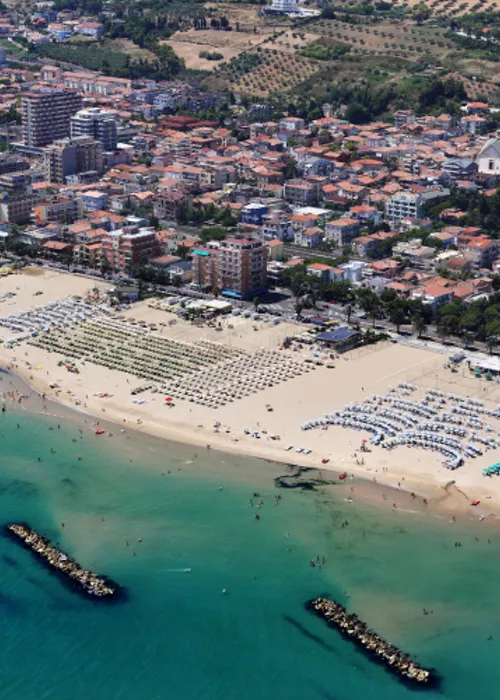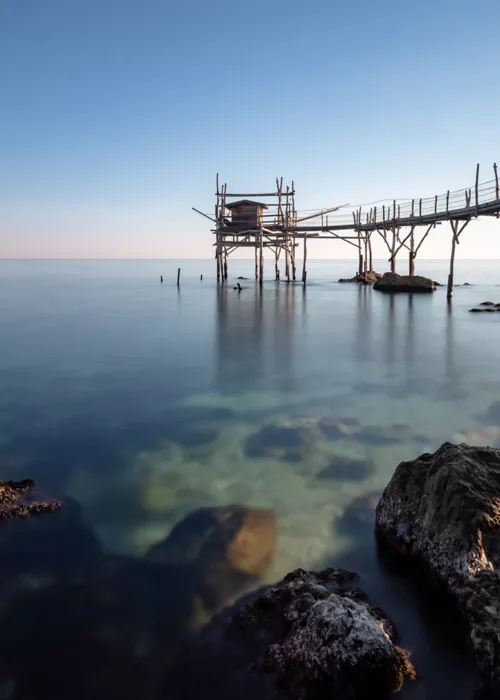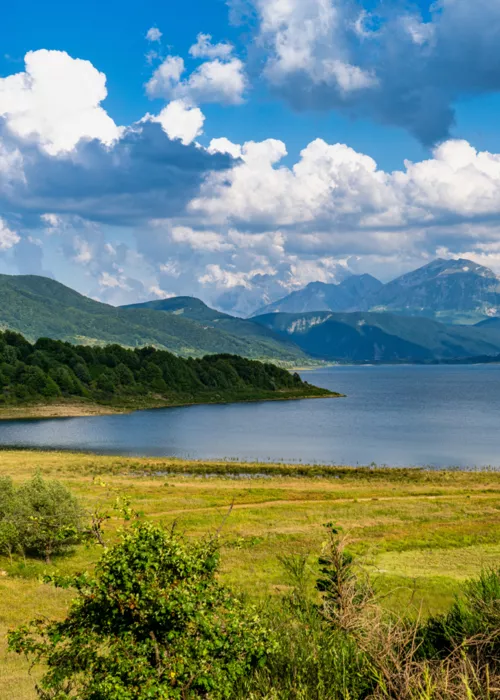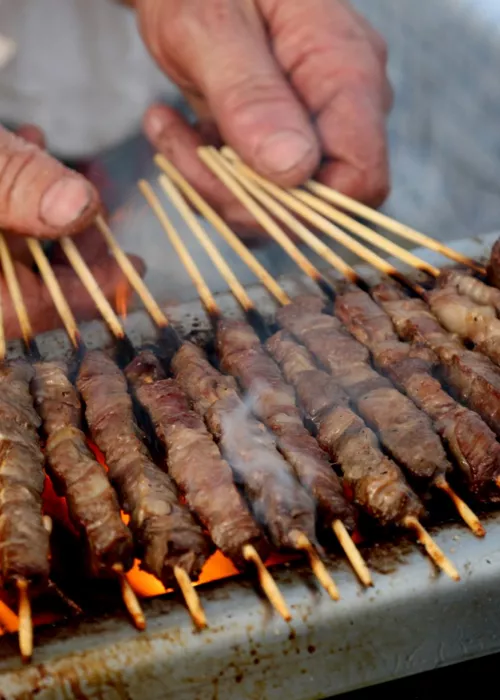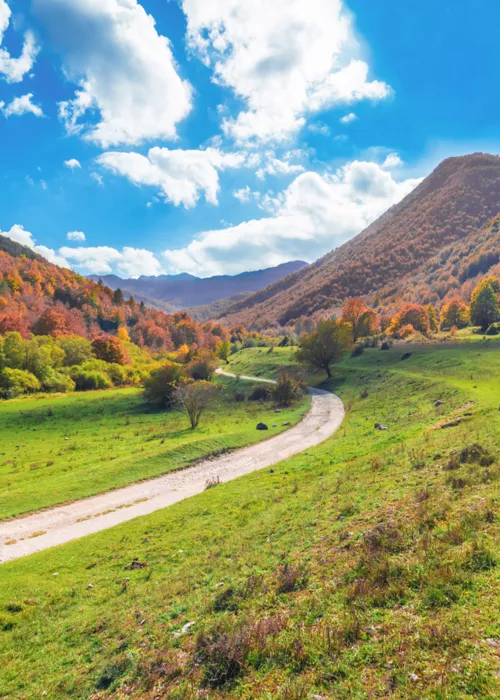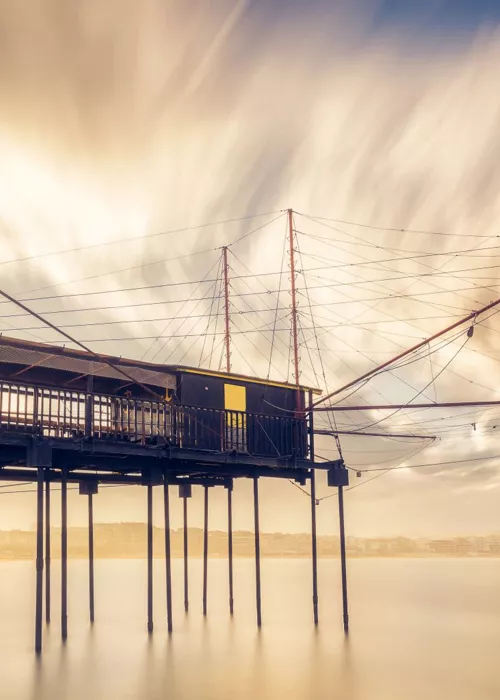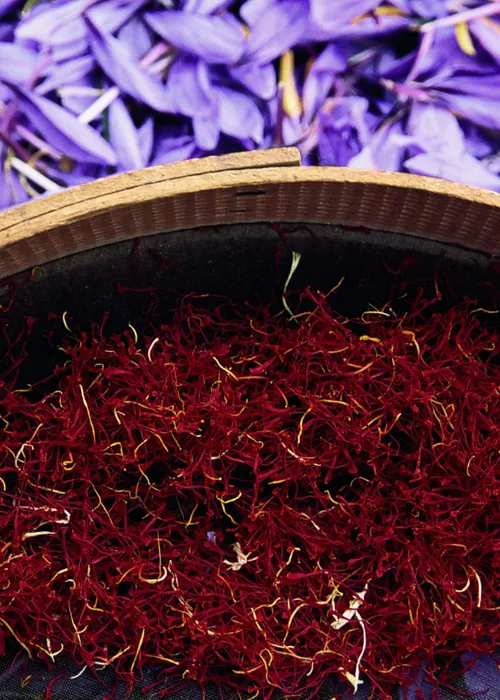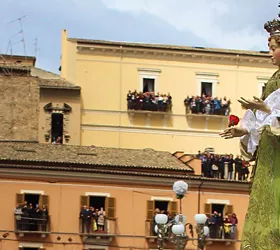Gran Sasso, the thousand climbing routes in Abruzzo
3 minutes
In Abruzzo, the Apennines show their “dolomitic” side, the mountains are imposing, rugged rock that lends itself to the passion of climbers, and the routes are varied and endless. When you get up there, your gaze is free to sweep from the mountains to the plateaus to the sea.
The Gran Sasso massif, on the eastern ridge of the Abruzzo Apennines, consists of limestone rock, which is among the most suitable for sports climbing and bouldering. The panorama is varied and the climbing routes draw a dense map. The climbing world includes the Brizio and Ventricini via ferrata, the Sentiero del Centenario and the Ferrata Danesi, the routes on Corno Grande and Corno Piccolo and numerous other routes.
Two Peaks, a thousand itineraries
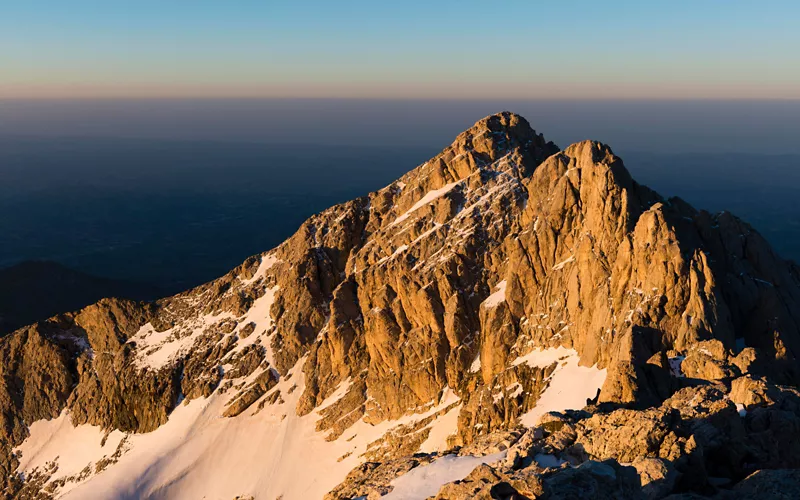
Whichever you choose, the experience cannot be complete without exploring Corno Grande and Corno Piccolo, with their grandiose and spectacular landscape walls. Corno Grande, at 2,912 metres, is the highest peak of the Gran Sasso, as well as of the Apennines, and the Conca del Calderone on which it stands is the southernmost glacier in Europe.
Here, as on the little Corno, the routes for climbing and mountaineering are of all types and difficulty levels and can be accessed from both the north and south. The scenery will not leave you indifferent: white and pink walls, sharp ridges and overhanging cracks. You can admire the surrounding peaks and, on a clear day, also the plateau of the Rocche and Campo Imperatore, the Maiella and Terminillo, the Monti della Laga, the Sibillini chain, and Lake Campotosto. From afar, the Adriatic Sea can be seen in the stretches between San Benedetto del Tronto and Vasto.
Little Tibet
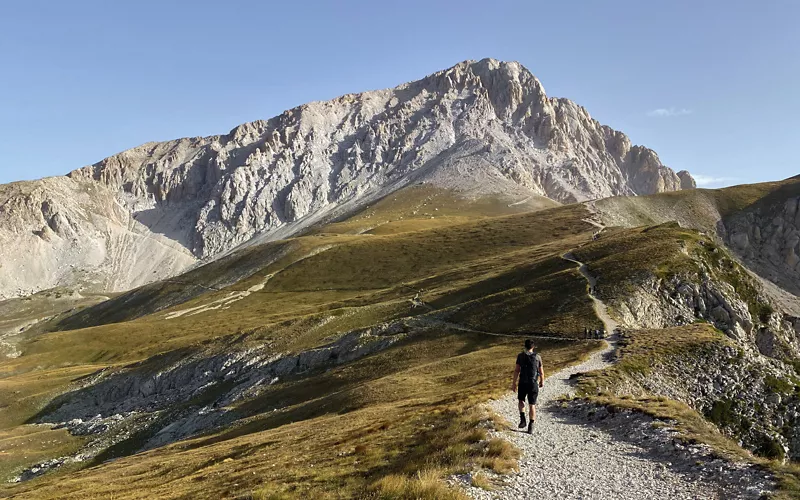
Many of the Gran Sasso routes start at Campo Imperatore, a not-to-be-missed location. A plateau between 1,500 and 2,100 metres above sea level that the great orientalist and mountaineer Fosco Maraini called Little Tibet, because of its similarity to the extraordinary scenery of the Asian country. Here we are inside the Gran Sasso and Monti della Laga National Park, where access is guaranteed all year round by the Gran Sasso cable car, essential in winter when snow prevents driving. We walk in the territory dotted with small lakes and come across an astronomical observatory equipped with a powerful telescope for a closer look at the sky. The Vincenzo Rivera Alpine Botanical Garden is for lovers of special mountain flora. The complete ring around the plateau is the longest in Italy: 300 km.
Face to face with chamois, voles and hawks
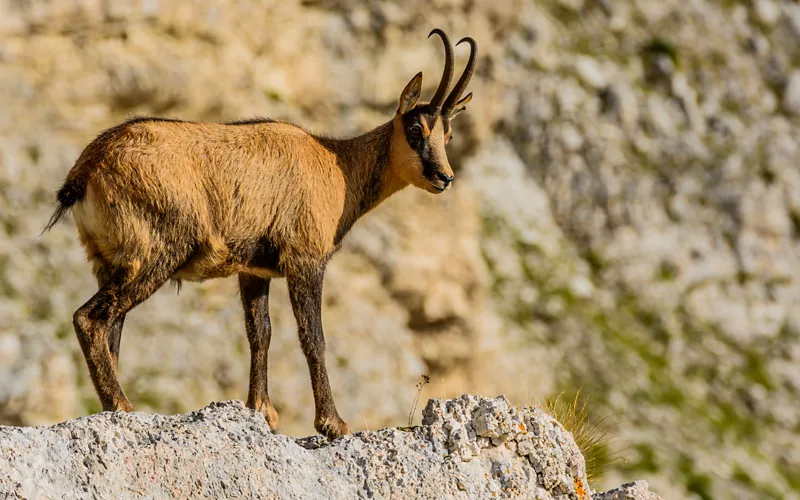
In these parts it is not uncommon to come across a few specimens of the Apennine chamois, a protected species that has recently been able to repopulate thanks to protection. Let us observe them in silence, so as not to frighten them into fleeing. In summer, the chamois seeks the grasslands at high altitudes, but in winter, when snow is plentiful, you will see it descend towards the woods. While climbing the rocks, you may have a snow vole as a companion and the mammal will follow you to the bivouacs in search of food. And if you look up, you will spot hawks, rock partridges and alpine choughs. Encounters that are an added attraction in this wild environment dotted with peaks, forests, waterfalls, lakes and glacial amphitheatres.
Study the route, choose summer, avoid weekends
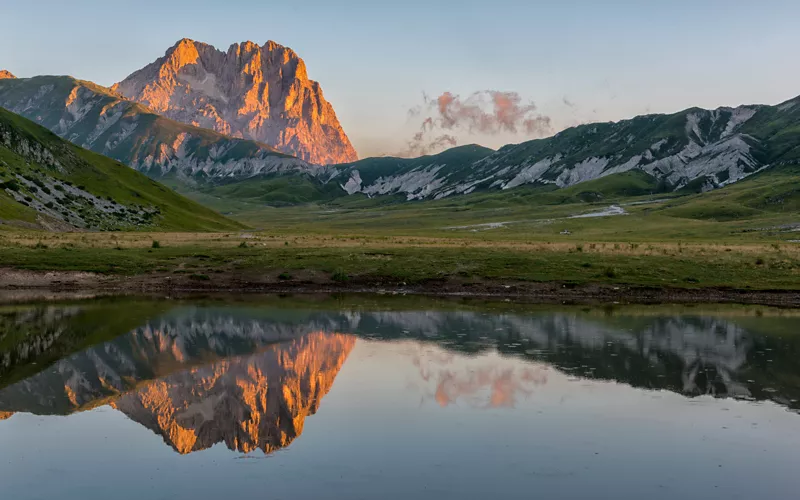
Before you start, make sure you have the situation under control so that you can enjoy a safe unforgettable climb. Therefore, study your route carefully and cautiously, bearing in mind that some walls are for the very experienced. Ask for information and advice on routes at the many refuges and bivouacs and favour summer to tackle the walls, especially on weekdays, which are less crowded. Whatever your level, consult guides and schools, which offer climbing courses for everyone. Take care to respect nature, its fauna and flora. Do not leave signs of your passage, keeping the environment pristine.

